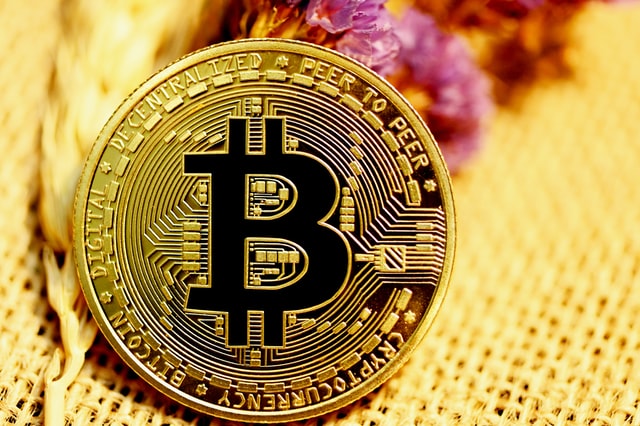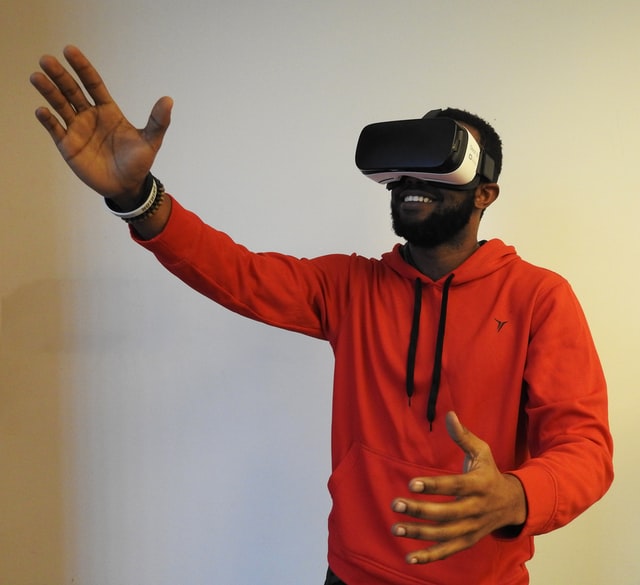The decade of 2010 was marked by several technological breakthroughs. Some examples include social media sites Facebook and Twitter, augmented reality and virtual reality, and smartphones. Which of these innovations has had the biggest impact on our lives?
Social media has become a huge part of our everyday life. This decade saw the rise of new social networks such as Snapchat and Instagram, as well as new features like live streaming and video calling. Smartphones also experienced enormous growth, especially thanks to their integration into our daily lives.
This article explores the top tech innovations in the last ten years that shaped our culture, and society, and changed how we interact with each other.
Top Tech Innovations of the Decade
1. Facebook
Facebook is the world’s largest social network with 2.2 billion active users, according to Statista. The site provides services such as messaging, photo sharing, and event planning. In 2008, Mark Zuckerberg founded the company at Harvard University. Today it is based in Menlo Park, California.
The first version of the website was launched in 2004. It initially only allowed students at Harvard to join. Subsequently, it expanded to allow other universities and colleges to connect. With several updates over the years, the features were improved.

New functions have been added, including video and text chat, an interactive news feed, an events calendar, and more. In a bid to improve its image, the company introduced Facebook Messenger in August 2014. The app allows people across different platforms to send messages between themselves instantly.
2. Snapchat
Snapchat originally started as a way for college students to share videos and photos privately. Its popularity gradually grew as more people used it for personal use.

In 2011, founder Evan Spiegel created Snapchat as a way to keep friends up-to-date on his travels. He and co-founder Bobby Murphy released the app under the name Snaps in 2012. Since then, the app has seen rapid growth. It now has 200 million users and is available on all major operating systems including iOS, Android, Windows Phone, and BlackBerry. Users can save pictures to snaps that disappear after a few seconds. They are not stored permanently.
3. Augmented Reality
Augmented Reality (AR), or computer vision blended with real objects, has become a popular technology this decade. AR applications combine virtual data overlaid on the real world, allowing us to experience digital information naturally rather than having to go through screens.
Virtual reality headsets became much cheaper and easier to use in recent years. As a result, VR experiences have exploded in popularity. There is a wide range of VR products on the market from virtual tours to games. Headset makers have tried to make them accessible for everybody from casual gamers to professionals on casino en ligne. Popular brands include Oculus Rift, Google Cardboard, HTC Vive, Samsung Gear VR, Sony PlayStation VR, and others.
4. Bitcoin
Bitcoin is an online peer-to-peer payment system invented by Satoshi Nakamoto in 2009. Transactions are recorded onto blocks of transactions called the blockchain. Blocks are chained one after another using cryptography. Once the chain is complete, the block becomes immutable; once recorded, the transaction cannot be reversed.

5. Internet Of Things
It’s no longer just cool gadgets like Amazon Echo that you can control via your voice. Internet of Things can also automate your lifestyle. This means you don’t need to do things manually anymore. You can control lighting systems, appliances, heating, air conditioning, and many more everyday items simply by speaking.
6. Deep Learning
Deep learning algorithms are trained from large amounts of existing data by feeding it into multiple layers of artificial neurons that can learn complex tasks automatically so that they can function independently without any user intervention.
7. Virtual Reality(VR)
Virtual reality uses simulated worlds created by computers to give people the sensation of being immersed within a non-physical fantasy environment. Many virtual reality software packages currently are available and new ones continue to appear regularly.

